
HELMET 101: EVERYTHING YOU NEED TO KNOW

By Sara Azad
Marketing Copywriter
Yamaha Motor Canada
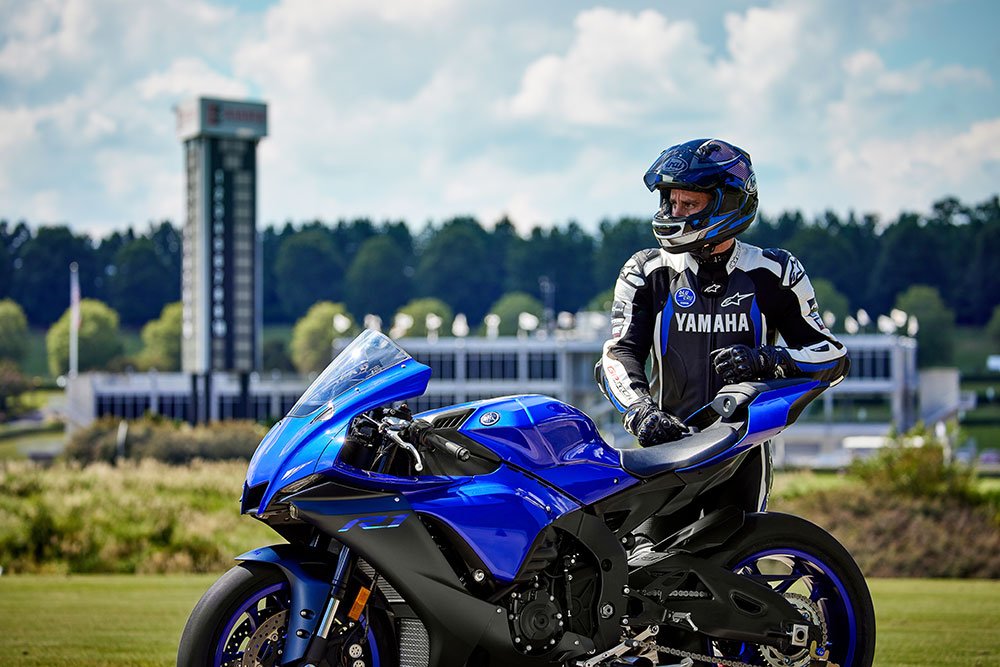
Choosing a helmet probably isn’t the first thing you consider when you picture yourself getting your first– or newest – motorcycle. After all, the bike is the entire point, right? True, but helmets are an essential part of enjoying that new ride.
Unlike our neighbours in the United States, Canadian motorcycles riders are legally required to wear a certified helmets – no matter what province you’re in. Other than the obvious protection they provide you noggin, helmets have many benefits: they protect you from the sun and elements, they keep foliage and dust away, and can be customized to express your unique personality.
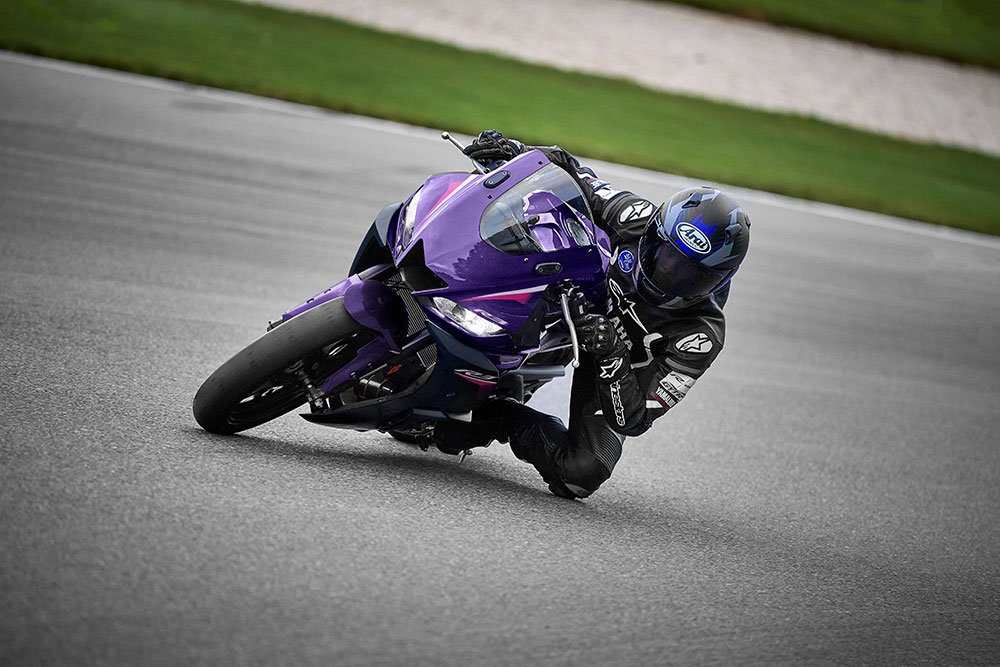
What Style is Best for You?
There are a lot of different names used to describe motorcycle helmet styles, but we can basically narrow these down to: full-face, modular, off-road, dual-sport, half shell and open face.
Full-face helmets enclose the entire head, including the eyes, mouth and chin, so they provide the most protection against impacts, elements and noise. However, they offer the least ventilation compared to other styles because they are fully enclosed. Mandatory for the racetrack, they’re also common for street bikes.
Modular helmets are very similar to full-face helmets when closed, but feature hinges that allow both the chin bar and the visor to flip up. Although this slightly reduces rider safety, as it introduces a fissure to an otherwise single uniform shell, modular helmets are popular for upright riding and often the helmet of choice for tourers, cruisers and adventure riders.

Off-road helmets are, as you may have guessed, specifically made for off-road riding. Also called dirt bike, motocross or MX helmets, these have extended chin bars and visors (also known as peaks), offer good airflow and are lightweight. They are intended to be worn with goggles, which you’ll need to buy separately.
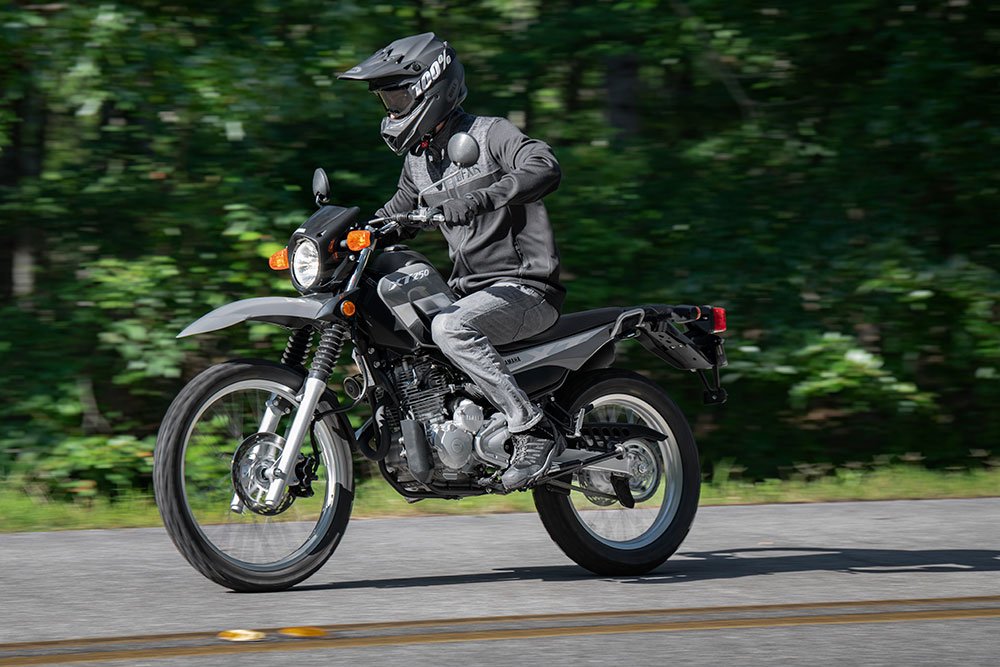
Like off-road helmets, dual-sport helmets they have extended chin bars and visors (though not to the same degree), so they’ve got better aerodynamics and soundproofing but decreased airflow. Dual-sport helmets also offer interior padding and more comfortable designs like full-face helmets. Depending on the model, you may need goggles. Dual-sport helmets are ideal for riders who mix terrain in a single ride, such as off-road adventurers, who may appreciate the additional visibility that comes with the wider eye ports.
Half-shell helmets cover your forehead and the top of your crown, with some models extending for additional protection to the neck and ears. With these helmets, your face is left uncovered, which allows better airflow but comes with reduced protection and more noise. These helmets are popular for cruisers, retros and classics.
Open-face or three-quarter helmets offer coverage over your head and ears, making them very structurally similar to full-face helmets minus the chin bar. Many also come with drop-down visors. The exposed face generally allows for more airflow but sacrifices some of the safety and protection as a result. These helmets are often donned by those riding scooters, cafe racers, tourers and cruisers.
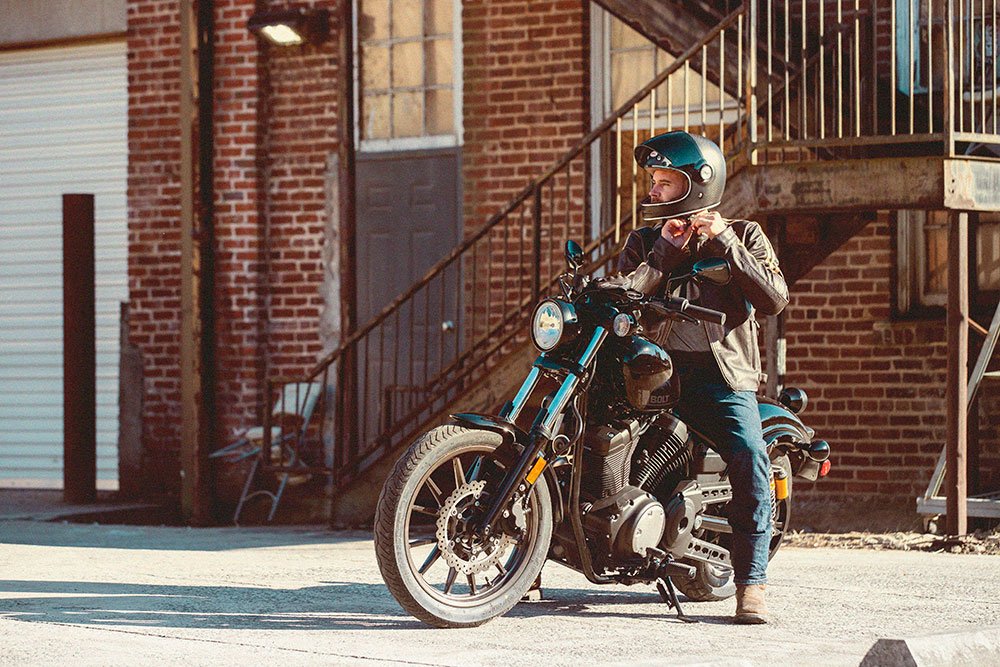
How to Choose the Best Fit
Once you’ve found the best style of helmet, you’ll need to make sure it fits well.
First, determine if your head shape is long, intermediate or round oval. Resembling more of an oblong shape, long oval heads are longer front to back and shorter or narrower side to side. An intermediate oval head shape is slightly longer front to back than side to side and is the shape most companies conform their helmets to. Round oval heads are approximately equal lengthwise and widthwise.
You can determine your head size by measuring the circumference of your head with a soft tape measure, running the tape above your eyebrows and around the back of your head. If you don’t have a tape measure on hand, you can measure with a string and then measure the string against a ruler or meter stick.
When fitting a helmet remember that it should hug your head with no noticeable pressure zones. The same is true for voids or pockets where the helmet is not making contact with your head.
While wearing a properly fitted helmet, your speech should be affected by the cheek pads. If you can talk normally without feeling as if you’re about to bite your cheeks, the cheek pads are likely too loose.
A well-fitted helmet should also hug your ears closely, reducing the volume of outside noise.
Be sure to keep the helmet on for at least five minutes in the showroom. If the pressure zones start feeling better, then it’s likely not too tight.
A new pair of shoes should be a little snug in the store, with the knowledge that they will loosen up once broken in. A helmet should be tighter still and, once broken in, it should actually feel like a shoe that has yet to break in.
If you’re riding for long periods of time, it’s even more important to make sure your measurements are correct, so your helmet doesn’t introduce any pressure points.
Safety Considerations
In any Canadian province, there are safety standards that must be met for a helmet to be considered legally safe to wear.
You can check a helmet’s safety by looking for:
the monogram of the Canadian Standards Association Testing Laboratories
the certificate of the Snell Memorial Foundation
the certificate of the British Standards Institute
the symbol DOT constituting the manufacturer’s certification of compliance with United States of America Federal Motor Vehicle Safety Standard 218
the required international approval mark of the United Nations Economic Commission for Europe Regulation No. 22
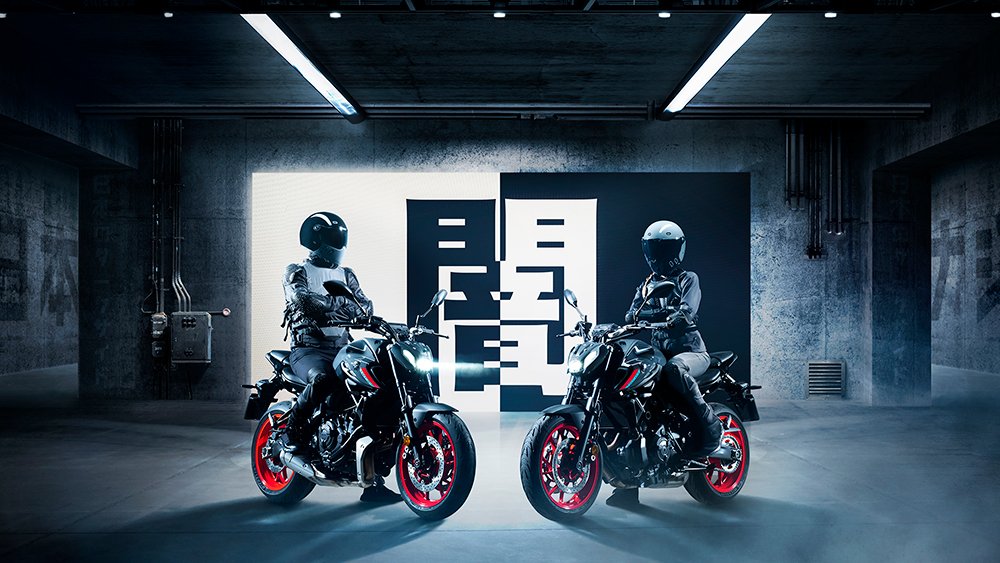
Colour Consideration
Another riding consideration is colour – more specifically, colour visibility. How much will it help your visibility to other drivers on the road?
High visibility (hi-viz) helmets are the brightest and most easily seen helmets you can find, created that way to significantly help other drivers see you. Hi-viz options are commonly available for most helmet styles.
Final Thoughts
Think of finding the best helmet for you as the cherry on top of your motorcycle purchase. It completes the entire experience and is the most important safety consideration you’ll make for riding. It’s always a good idea to talk to your dealer about helmet options, as they can help find the perfect fit – in every way – for you.








